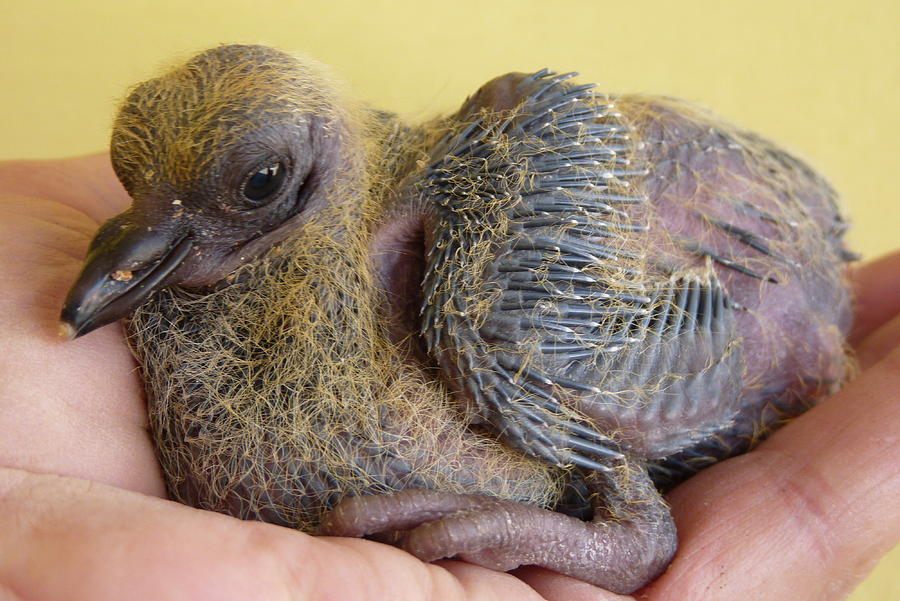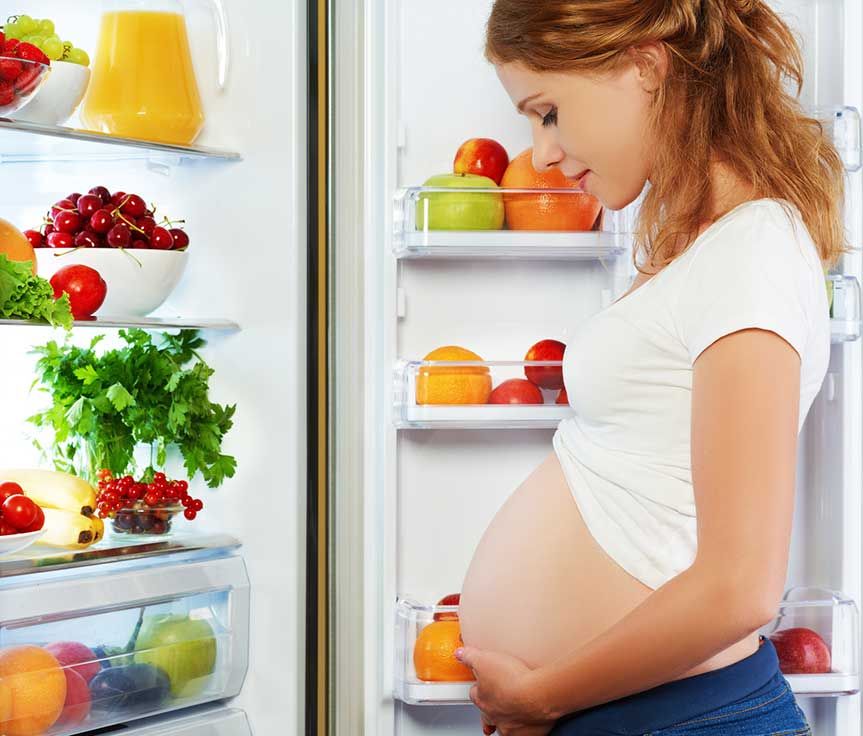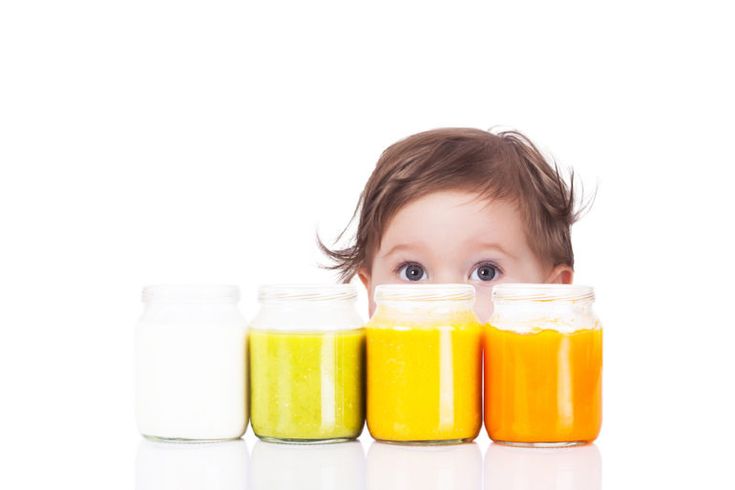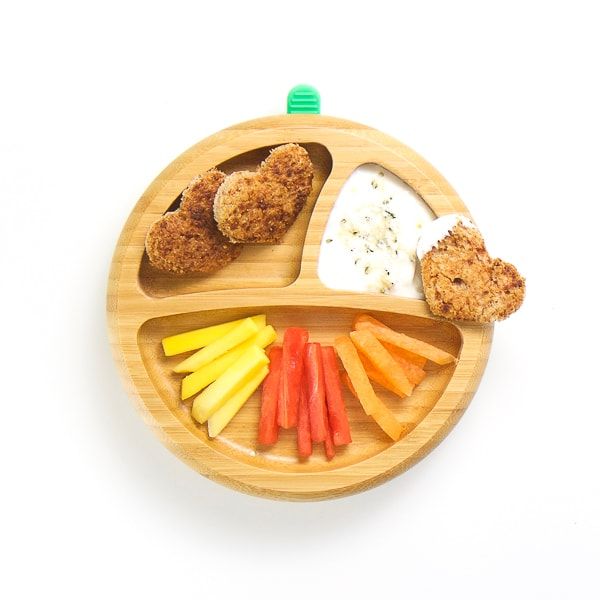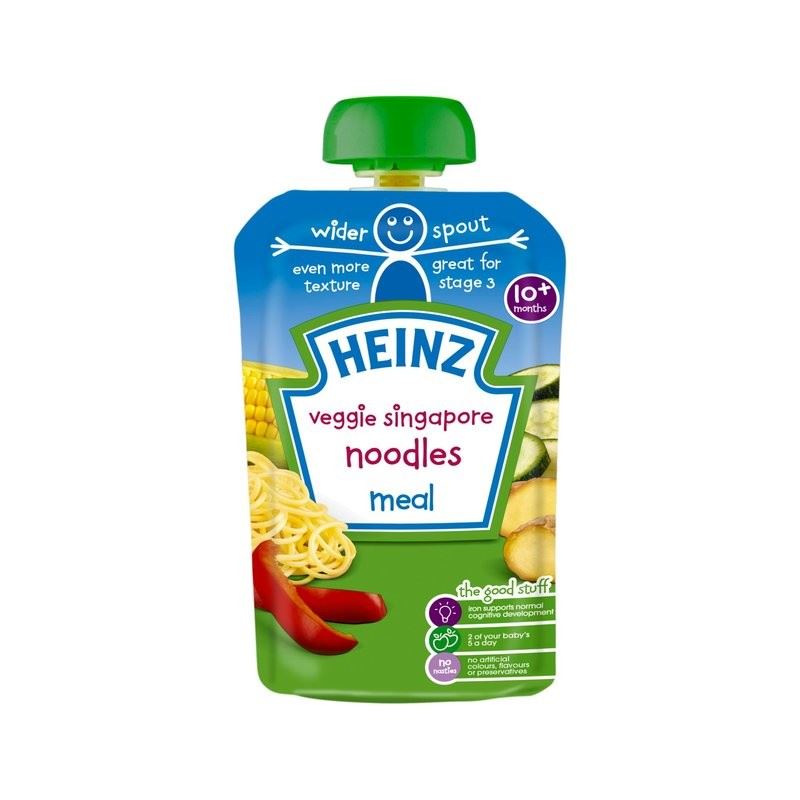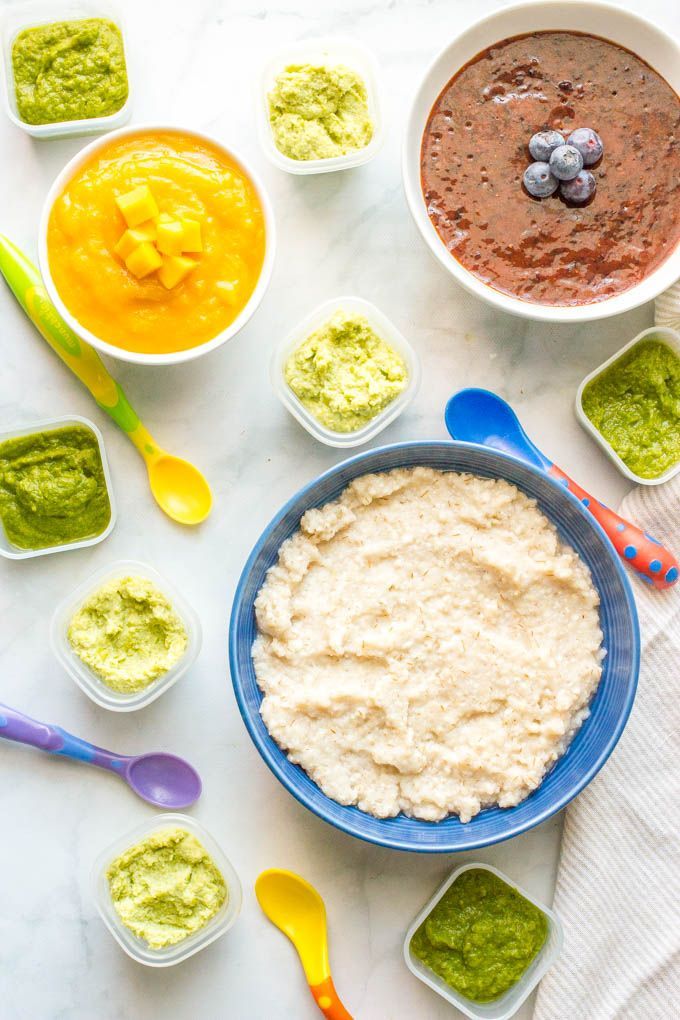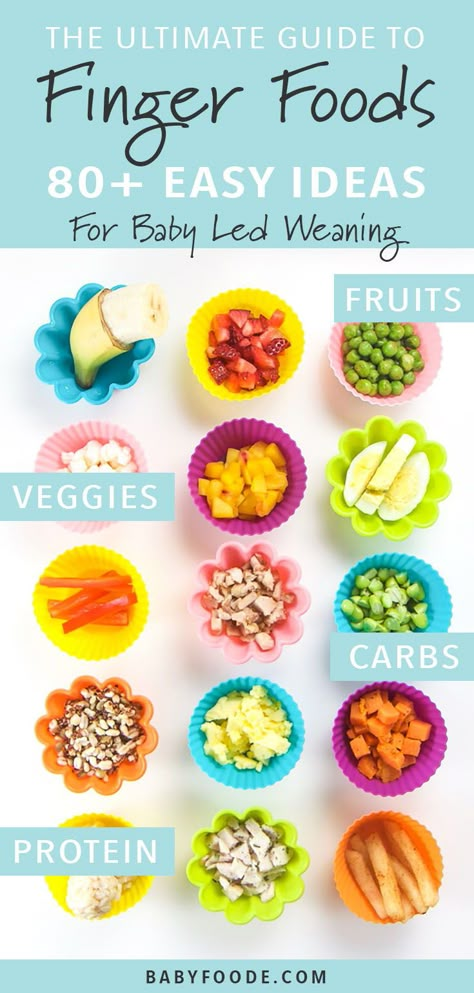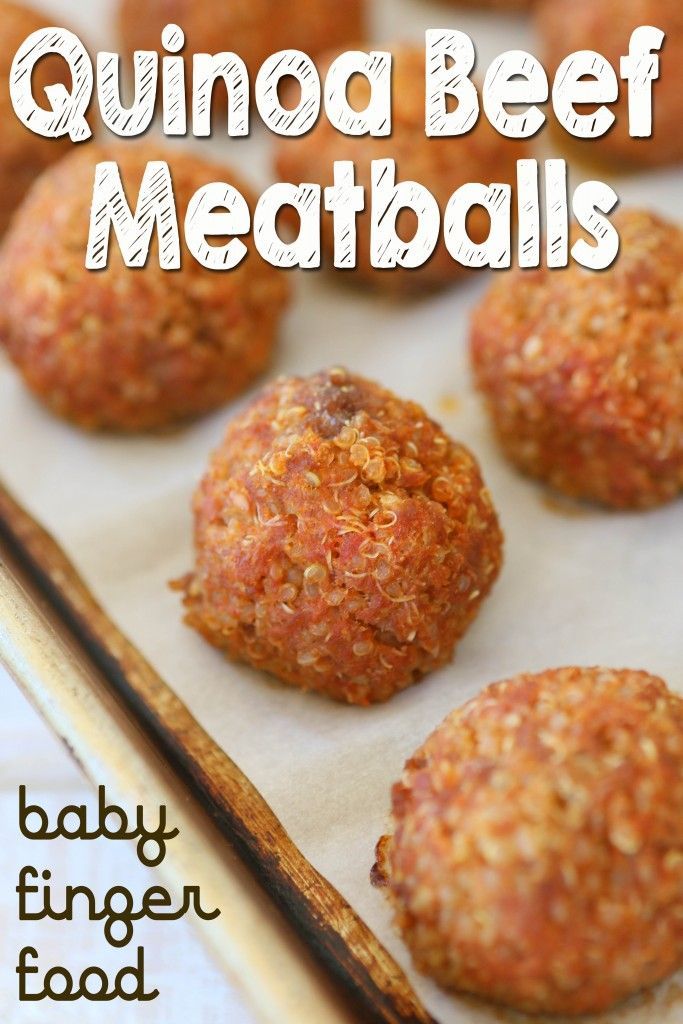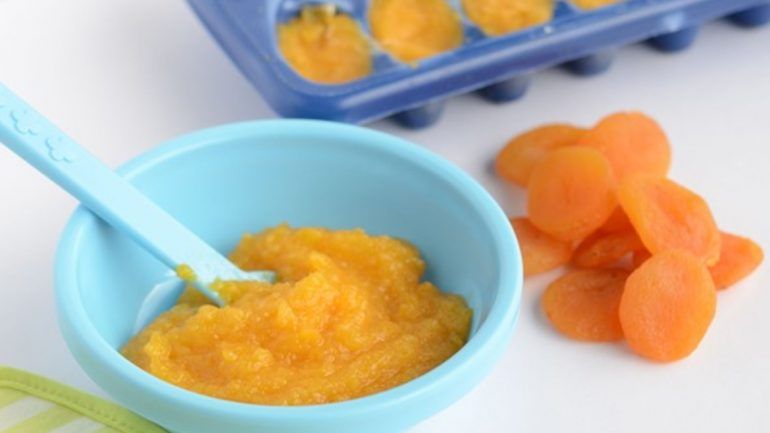What can you feed baby doves
Baby Mourning Doves: Caring for and Feeding Abandoned Dove Babies
Sharing is caring!
36 shares
- Share
You step outside to get the mail and you find a baby bird in your driveway—what do you do? Should you leave it, rescue it, try and put it back in its nest?
It can be nerve-wracking finding a baby bird on the ground and wondering what the best option is, especially since not all species can be treated the same.
Here are a few tips to prepare you for that day:
Step 1: don’t panic
Step 2: read this article
Here, you’ll learn all about baby Mourning Doves and how to care and feed them if they’re abandoned. It’ll be just a little more information in your pocket, should you ever be in this situation.
Let’s dive in!
Baby Mourning Doves are called squabs or chicks.
When they are just hatchlings and a few days old, their bodies are covered in patchy, yellowish down. The down is very thin and you can still see their naked bodies. Their bills are dark, as well as their faces, and their eyes will be closed. At this point, they are only a few inches long.
Around 7-ish days, the squab’s eyes will be open and will be dark. They also will have started to get in some pin feathers. These look just like the shaft of a feather without the barbs. They will lay in a relatively ordered fashion. You’ll also still see the scraggly, yellowish down poking up around the pin feathers, which makes the nestling look pretty frazzled and messy! They will have almost doubled in weight and size.
Around 12 days, the Mourning dove will be a fully feathered fluffball. It’s feathers will be a slaty brown color. They will have grown so much that they will be larger than your palm. At this size and age, the babies will be about ready to leave the nest and take flight for the first time!
What do baby mourning doves eat?
Unlike many other baby birds, little doves don’t gape—the mouth wide open, begging for food behavior. When they’re hungry they will root around. The parents provide “crop milk” to their babies.
When they’re hungry they will root around. The parents provide “crop milk” to their babies.
Crop milk (also known as pigeon milk) is a semi-solid excretion that is made by the sloughing of fluid-filled cells from the lining of the crop.
The crop is a thin-walled, sac-like food-storage chamber that extends off the esophagus and is normally part of the digestive system. Food can be stored here quickly while the bird is foraging in the open and allows the bird to go back into a secluded area to digest. Most birds have crops, but not all make crop milk.
As said before, the crop is normally part of the digestive system, but it shifts its function to milk production just a day or two prior to the eggs’ hatching. This is believed to be caused by hormonal changes. During that time, the parents may stop eating entirely so there is no seed in the crop. Brand new hatchlings aren’t able to digest seed yet, so this is for the better! After several days of feeding crop milk to the babies, the hormone levels taper off and the crop no longer produces as much milk. By this time, the squabs are able to digest regurgitated seeds from mom and dad.
By this time, the squabs are able to digest regurgitated seeds from mom and dad.
Crop milk is nutrient-dense and contains more protein and fats than human or cow milk. It also has immune-building properties with antioxidants and antibodies from the parent.
Both parents can produce crop milk, so both are able to feed their babies. This is done by opening their mouths wide and allowing the squab to stick their little heads in and suck it up through their bills like a straw. This is important to keep in mind if having to hand feed baby doves, as sucking is their natural instinct and the safest way for them to eat.
Crop milk substitute
If you find a squab that needs rescuing (we’ll talk about how to determine this in the next section) chances are you’re going to need to make a homemade crop milk substitute or purchase a formula.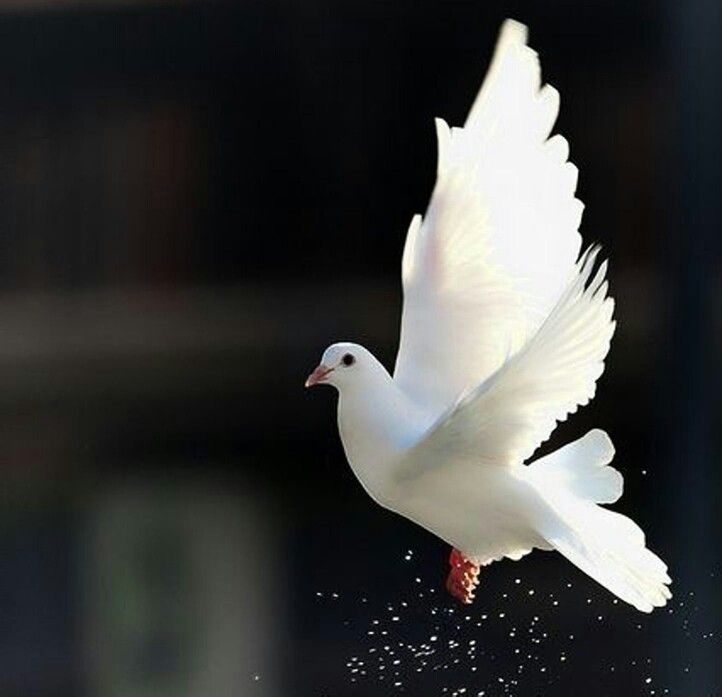
A great formula substitute is RoudyBush Squab diet. Yes—there are pictures of parrots on it. Don’t worry, it can be used for baby doves, too.
Roudybush Squab Diet For Birds, 1-Pound
- No Added Sugars Or Colors
- 100-Percent Edible And No Animal By Products
- Scientifically Formulated
Last update on 2022-11-06 / Affiliate links / Images from Amazon Product Advertising API
The only potential issue with this is it will need to be ordered online and might take a day or two to arrive. If it’s likely you’ll be hand-rearing the baby for a few weeks, this is a good option.
Another substitute is Kaytee Exact Handfeeding Formula which is available at pet stores. Some reviewers say this formula doesn’t offer the babies as well of a nutritional panel as RoudyBush, and the birds are often below the curve for weight. If it’s a matter of life or death for a squab, this is better than nothing.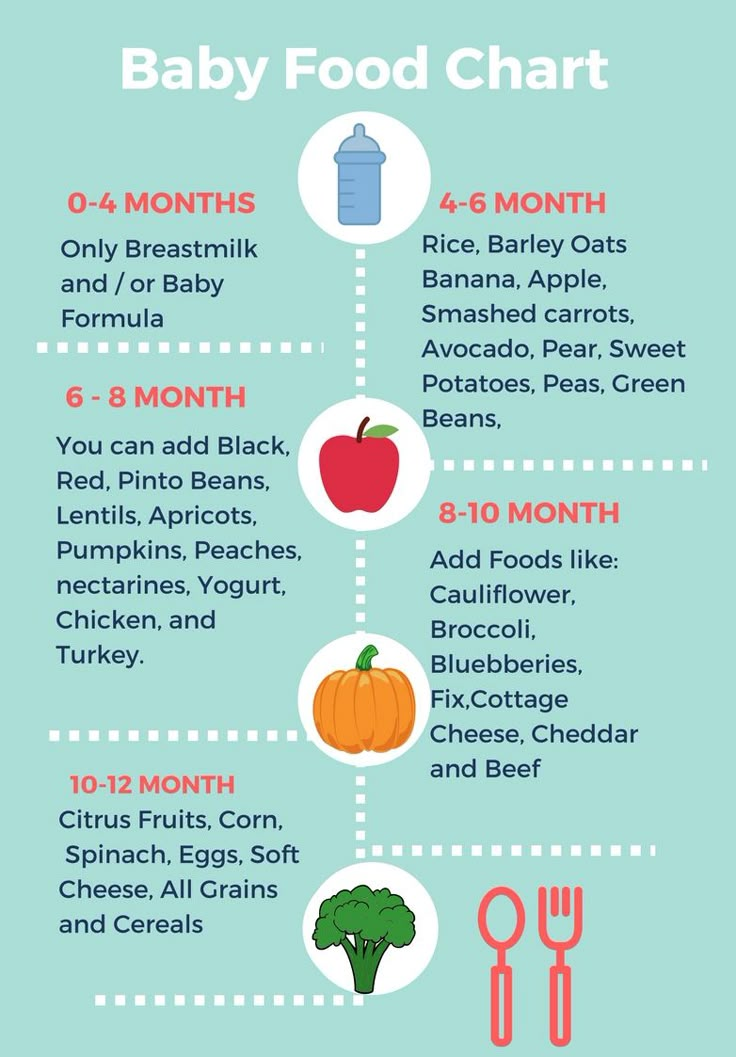
A last option if you don’t have access to a pet store and need it immediately is homemade formula using baby cereal. Make it more runny if the baby is wee little and gradually thicken it up as they get bigger. A good test is to see how quickly their crop empties. If it empties too quickly, start to thicken it up.
How often do baby mourning doves need feeding?
Brand new babies will need to be fed more often than older squabs. The younger doves will also eat formula that is more watered down. All feedings should occur within a 12-hour span.
- 0-4 days old: 5 feedings per day
- 5-7 days old: 4 feedings per day
- 8-14 days old: 3 feedings per day
- Fledgling: seeds
The safest way to feed a baby dove is by pouring the formula onto a tablespoon and letting them suck it up. Remember earlier when I said to keep their straw-sucking instincts in mind? If food is poured into their mouths, they may aspirate by trying to suck while you’re pouring or dropping it in.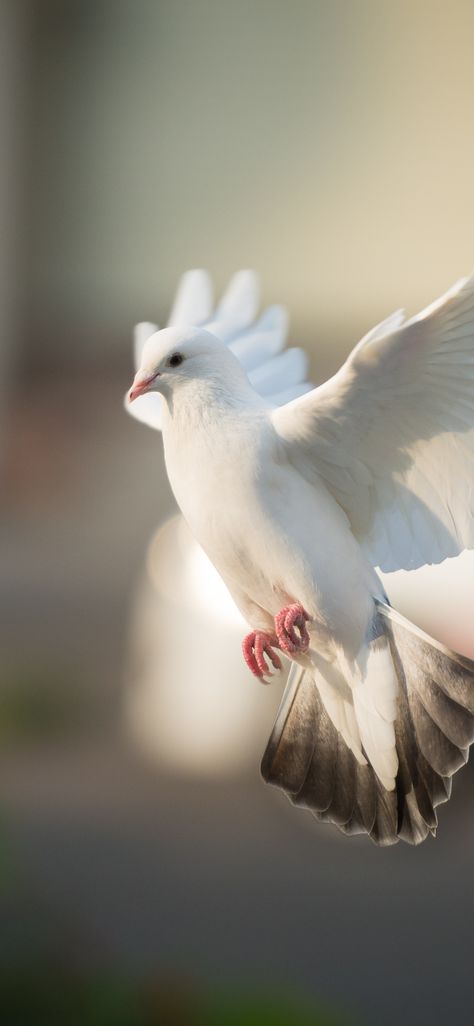 So it’s best to let them take the lead and let them slurp it up themselves!
So it’s best to let them take the lead and let them slurp it up themselves!
Does the baby mourning dove need to be rescued?
A few different factors go into the response to this situation.
The first step in deciding if a baby dove needs rescued is by determining what stage of growth it’s in. The second is analyzing what the situation is while keeping its growth stage in mind. For example, a 2-day old baby found in the driveway vs a 14 day old found in the driveway will have different solutions!
Baby dove growth stages
Stage 1: unfeathered
Unfeathered babies are roughly 0-6 days old. This early in the brooding stage, it’s unusual to find babies out of the nest, but not impossible.
One reason a baby might be out is if the entire nest was blown over or knocked down. Wind, predators, or weather can all knock a nest loose.
Babies can also be found on the ground if the parents perceive it to be defective in some way and decide to remove it from the nest.
Babies this young cannot be left on the ground!
At this point in their life, they are too young and too naked to keep themselves warm. If a baby is found, it needs to be warmed up immediately. This can be done using a heating pad on the low setting or using electronics that heat up and are warm to the touch, such as laptops or game systems. A little heat goes a long way for them, and this is the first priority.
While the baby is warming up, see if the nest can be located. If the nest turns out to be blown over, see if it can be put back securely so it won’t fall again. If it can’t, find a new place for it that isn’t entirely out in the open and won’t get drenched when it rains.
Once the baby warms up, put it back in the nest and watch for the parents to come back to it. If they do, you’re good to go. If not, the baby might need hand-reared.
If the baby you find is not from a blown over nest and was kicked out by its parents, it will need to be hand-reared with a crop milk substitute, at least for a few days.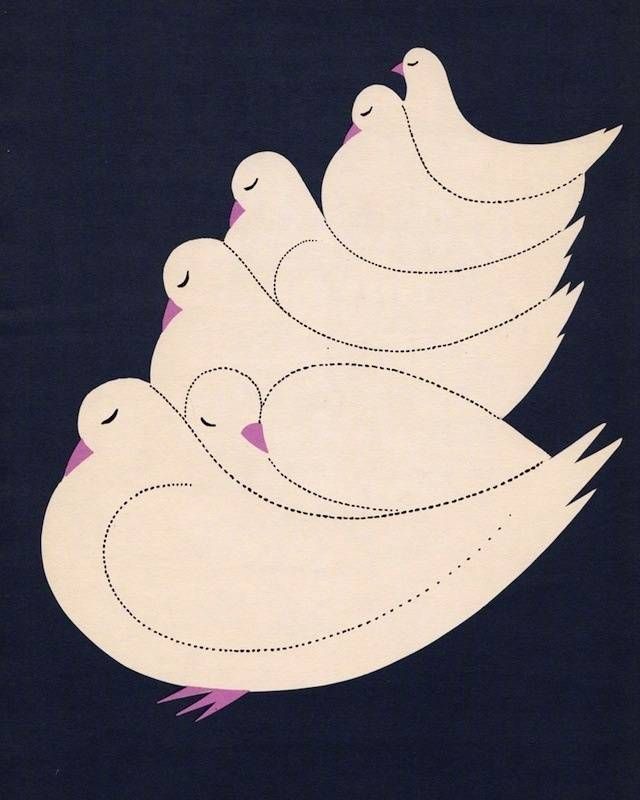 After a few days of feeding, put it back in the nest and see if the parents take care of it. If they kick it out again, it will need hand-reared until it’s old enough to survive on its own.
After a few days of feeding, put it back in the nest and see if the parents take care of it. If they kick it out again, it will need hand-reared until it’s old enough to survive on its own.
If it turns out that you have to hand-rear the baby for a while, a makeshift nest box will be needed with either a fake nest inside or nesting material like straw. A heat lamp is the best option to keep the baby warm, so your heating pad doesn’t get dirty.
Stage two: partially feathered
Partially feathered babies are roughly 7 days old to fledging age (12-15 days old).
At this age the babies are far enough along that the parents probably didn’t kick them out, so if a baby is found on the ground, it’s almost always from nest failure. This is actually a good thing because there’s a better chance the parents will take back over when the nest is fixed.
As with the younger babies, get these squabs warmed up. Once they’re warm, investigate the nest situation. It either fell in a storm or broke apart because it was poorly constructed.
It either fell in a storm or broke apart because it was poorly constructed.
If it only fell, try and secure it as mentioned before. If the nest is found to be broken or falling apart, a new one will be needed. You can buy fake nests from a craft store, or make one. Don’t be afraid to make them, there are online tutorials to show you how!
Once the old or new nest is up, put the baby inside and wait for the parents to come. If they don’t come by nightfall, bring the baby in for the night and then return them again in the morning. If the parents still don’t come back, by the afternoon or evening, the baby will need to be hand-reared and kept in a nest box with heat.
Stage three: fully feathered
Fully feathered babies are fledgling age (12-15 days, give or take) and are nearly self-sufficient. If one of these babies is found on the ground, it doesn’t need to be returned to a nest. Actually, it’s highly possible that this baby just took its first flight from its nest to the ground!
Babies at this age are still being monitored from afar and fed by their parents. The best thing you can do for this little one is to leave it be. Of course, there are exceptions.
The best thing you can do for this little one is to leave it be. Of course, there are exceptions.
If the fledgling is in a high traffic area, like a driveway or close to a road or sidewalk, move it somewhere more relaxed. Don’t move it across town, because the parents are still caring for it, just move it a few feet away to safety.
If the fledgling doesn’t try to run away from you when you approach it and it appears cold to the touch and lethargic, it might not be getting fed by mom and dad. You can gently palpate the crop to feel if there’s food inside. If there is, the bird might have an injury or may be sick, in which case it’s best to call a wildlife rehabilitator. If there isn’t anything in the crop, the bird might just need a meal. Some mashed bird seed might help it out.
In conclusion
Helping out a baby bird can seem daunting, but with the right information, you can do it safely and confidently. If you’re still unsure, you can always call a rehabilitation center to see if they can take the baby in!
Credits
Chaifetz, T.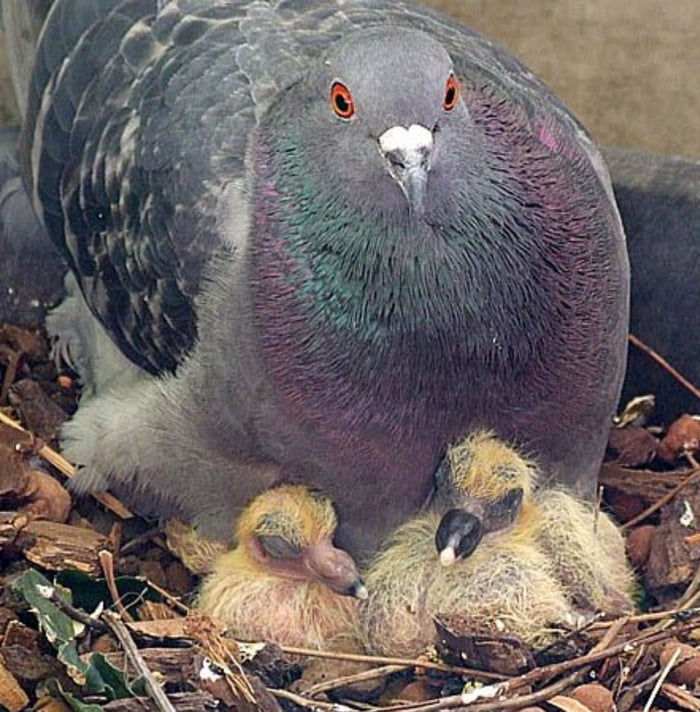 (2017, September 26). How to Determine the Age of a Mourning Dove Hatchling. Retrieved 2020, from https://animals.mom.me/how-to-determine-the-age-of-a-mourning-dove-hatchling-12452713.html
(2017, September 26). How to Determine the Age of a Mourning Dove Hatchling. Retrieved 2020, from https://animals.mom.me/how-to-determine-the-age-of-a-mourning-dove-hatchling-12452713.html
Ehrlich, P., Dobkin, D., & Wheye, D. (1988). Bird Milk. Retrieved 2020, from https://web.stanford.edu/group/stanfordbirds/text/essays/Bird_Milk.html
Mayntz, M. (2019). Do Birds Produce Milk for Their Young? Retrieved 2020, from https://www.thespruce.com/glossary-definition-of-crop-milk-385209
Mihaylo, K. (2017, August 11). How to Care for a Baby Mourning Dove. Retrieved 2020, from https://animals.mom.me/care-baby-mourning-dove-6968.html
Sebastiani, J. (2012, April 26). Baby Birds: A Dove Story. Retrieved 2020, from http://blog.delawarenaturesociety.org/2011/11/10/baby-birds-a-dove-story/
White, H. (2014). Mourning Dove. Retrieved 2020, from http://www.diamonddove.info/bird13%20Mourning.htm
Sharing is caring!
36 shares
- Share
What Do Mourning Doves Eat?
More Great Content:
Many people have heard the sorrowful wooing calls and hoots of the mourning dove.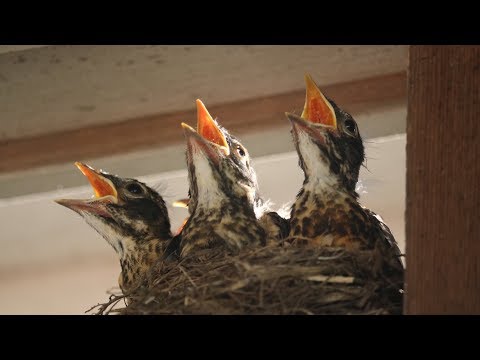 After all, they have a wide range that includes all of Central and North America. Although its hoot is often confused for an owl’s, the mourning dove is a very different sort of bird that is easily recognized by its distinct silhouette and the fact that they often appear in pairs.
After all, they have a wide range that includes all of Central and North America. Although its hoot is often confused for an owl’s, the mourning dove is a very different sort of bird that is easily recognized by its distinct silhouette and the fact that they often appear in pairs.
The foods mourning doves eat also separates them from owls and other birds. You will not see a mourning dove swoop down to catch a field mouse.
What do mourning doves eat? Let’s take a look at what you can put out in your yard to entice mourning doves to come back and fill your terrace with song.
What Foods Do Mourning Doves Eat?
Mourning doves are granivores and prefer seedsA-Z-Animals.com
Mourning doves eat seeds since they are granivores, preferring seeds to any other foods. They will also consume grains, some fruits, herbs, and wild grasses. They prefer to eat foods that are on the ground that are easy to obtain. They’re also very opportunistic eaters, consuming some foods that are only seasonally available.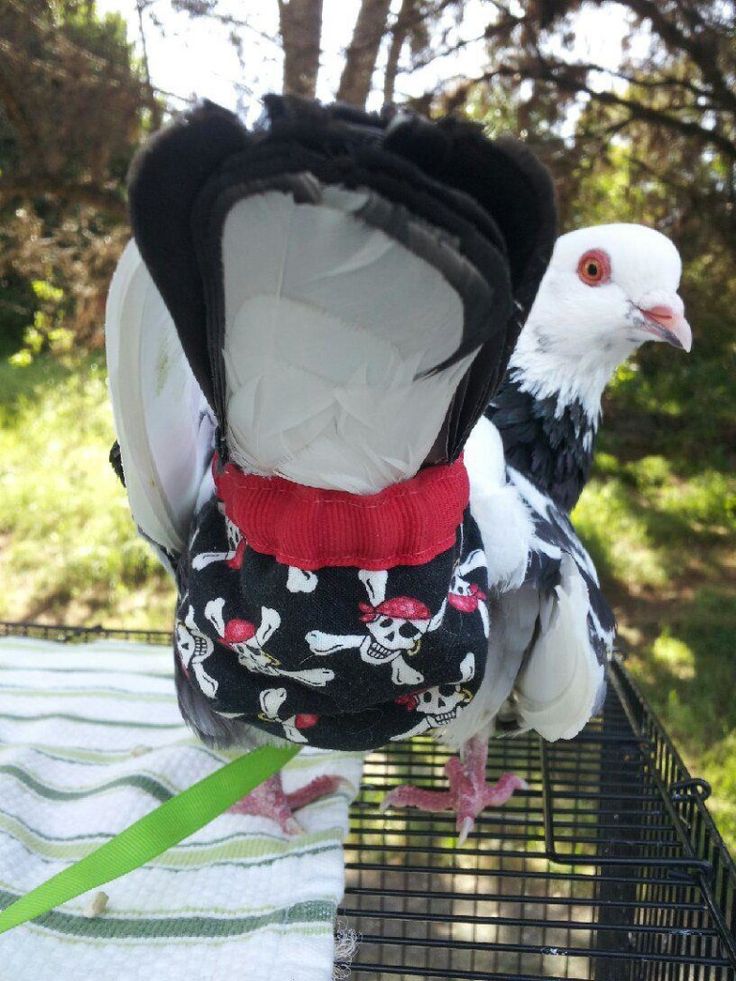
Mourning doves prefer to linger in areas where there is a greater level of food diversity. Remember, these birds mate for life, so they need consistent food for each member of the pair.
A List of Foods Mourning Doves Eat
Mourning doves will forage for food on the groundTom Cantaffa/Shutterstock.com
Although mourning doves are granivores and seeds make up almost all their diet, they eat many different foods. Here are many of the specific foods that mourning doves consume regularly:
- Peanuts
- Corn
- Millet
- Buckwheat
- Rye
- Pine nuts
- Foxtail
- Sunflower seeds
- Canary grass
- Wheat
- Safflower
- Rapeseed
- Witchgrass
Interestingly, mourning doves tend to favor sunflower seeds and other foods that they can see without having to scratch the ground for it. Another point of interest is that these birds tend to choose foods based on their size.
For example, studies showed that mourning doves prefer shorter and narrower corn seeds so they have the easiest experience foraging.
Although it is an exceedingly rare occurrence, mourning doves have been observed eating other foods when their favored foods are not plentiful. These birds occasionally eat insects to bolster their diet, but they will almost always prefer to eat seeds.
How Do Mourning Doves Forage for Food?
A mourning dove foraging and feedingBrooke Bowdren/Shutterstock.com
This species has interesting foraging behaviors. They spend a lot of time on the ground looking for food, but these birds are not known for scratching the earth and trying to find something to eat. These birds prefer to look on the ground and seek directly visible food.
Like some other birds, mourning doves will feed while they’re on the ground, filling their crop. This pouch at the front of their neck can store food and begin the process of digestion. Frequently, mourning doves will fill their crop and then retreat to a safer location where they can digest their food in peace.
Their crop is also where adult birds produce crop milk, a substance fed to the young.
What Foods Do Mourning Doves Eat in the Winter?
Mourning doves are less selective in the winteriStock.com/SteveByland
Mourning doves, like many other birds, start to migrate south in the autumn months. Some of the birds leave for warmer states in the U.S. while others go farther south to Mexico and Central America.
Does their diet change during fall and winter? What do mourning doves eat during these colder months?
During the fall, these birds have been observed eating foxtail millet in southern states, and they also forage around recently harvested cornfields.
In the winter months, mourning doves will continue to forage for their normally desired foods. The migration to warmer climates often supplies them with plentiful foraging opportunities. Not all of these birds migrate, though.
Some birds stay relatively close to their breeding grounds throughout the winter, where they will forage, become less active, and feed on their preferred foods or secondary foods when their first choices not available.
What Do Baby Mourning Doves Eat?
Mourning dove parents forgo seeds for the first weeks of their young’s lifepetritzaa/Shutterstock.com
Baby mourning doves exclusively eat crop milk for the first week of their lives. Both male and female adult birds can make this substance in their crops, the esophageal pouch where they store food and begin the process of digestion.
Crop milk is made from cells of the crop lining, providing necessary protein and fats to the baby birds. While producing and feeding their babies, the birds cannot eat seeds because the young birds are not prepared to digest them.
In the second and third weeks of life, baby birds eat partially digested seeds from their parents. After that, they are prepared to forage for seeds on their own.
Mourning Dove Predators
Domestic cats will hunt birds for sportiStock.com/FediushkinaElena
Unlike other birds that will eat out of hanging feeders or catch their food and take off, the mourning dove eats while rather stationary on the ground. While foraging, these birds are in tremendous danger from their predators.
While foraging, these birds are in tremendous danger from their predators.
Among the most common predators are:
- Domesticated cats
- Diurnal birds of prey like hawks and falcons
- Snakes
- Racoons
- Possums
These creatures prey upon the mourning doves, especially the young ones. If you see these birds in your yard, try to keep your pet cats inside so the birds can feed in peace.
Mourning doves eat seeds from various plants throughout the year, and you might see one eating fruit or the stray insect from time to time. They are tremendous foragers that take what is available without digging through the dirt, even if it puts them in danger from some common predators.
Their broad range of suitable foods, even if they’re mostly seeds, makes them capable of living in many different locations throughout the Western Hemisphere. If you look and listen for them, the chances are good that you will discover this species near you.
How to feed pigeons in street and home conditions, what chicks and adult birds eat
pigeons eat at home
- 2.
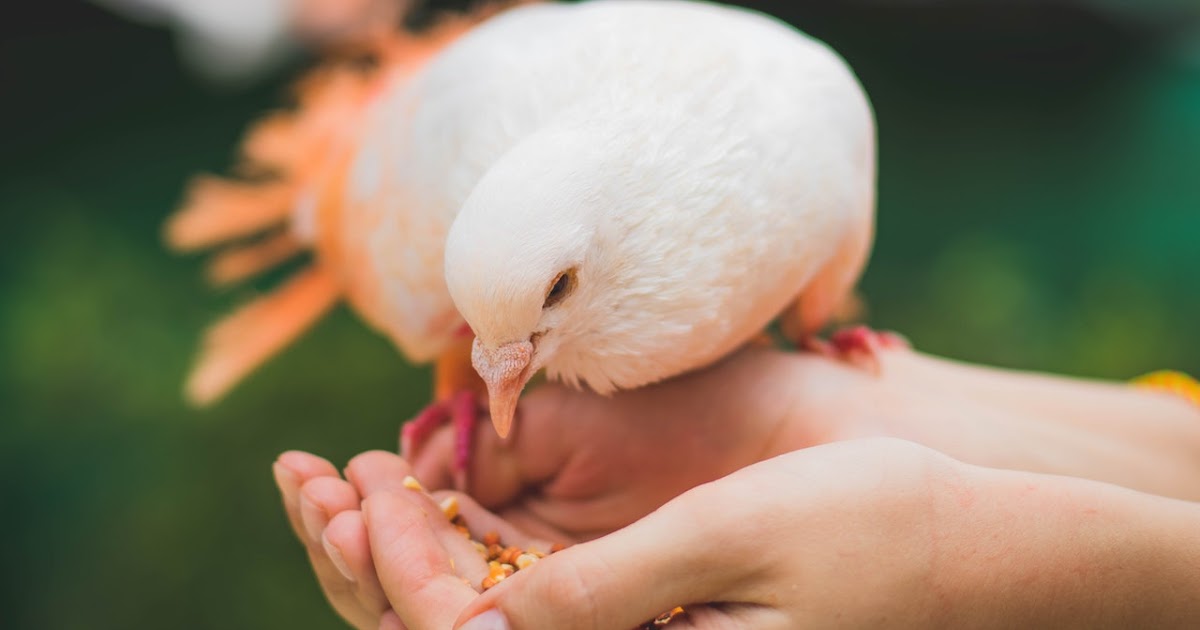 1 Diet of adult pigeons
1 Diet of adult pigeons - 2.2 Vitamins and minerals
- 2.3 Number of feedings
- 2.4 What to feed pigeon chicks
- 2.5 What to feed pigeons in winter
- 2.6 What not to feed pigeons
Pigeons can be found on any street in the city or village. These birds have long and firmly occupied a place next to man. Often we observe how people generously scatter various cereals and crusts of bread in order to feed the birds. But how many people are interested in what can be fed to pigeons so as not to harm their health?
Street birds are not too demanding, they eat everything that gets under their feet. The problem is that such nutrition adversely affects the state of their gastrointestinal tract. Over time, the bird develops serious diseases, and it dies. It is significant that this bird lives on the street for about 2-5 years, while its theoretical life span is 20 years. Such a huge difference depends primarily on what the pigeon eats.
What pigeons eat in nature
Wild pigeons living in nature eat various greens, insects and seeds. But in urban conditions such food cannot be found . In parks, squares and on street lawns, grass thickets are rarely seen. Usually, all the greenery is mowed, leaving the pigeons no chance to find the food they need. Such living conditions, combined with innate unpretentiousness, forced the birds to eat what is easiest to find. As a rule, these are food leftovers next to garbage cans and various food that people bring.
Feeding street pigeons is a rather controversial practice around which debate has not ceased for a long time. But if you still decide to help the birds, then it is better to do it correctly. You can often see how birds are thrown bread in the form of crumbs or whole pieces. The truth is that such humanitarian aid only brings harm. Bread gives the bird a feeling of satiety, but at the same time it has a negative effect on the state of the body. With regular nutrition of flour products, the bird will not die of hunger, but it will die from various diseases of the gastrointestinal tract.
With regular nutrition of flour products, the bird will not die of hunger, but it will die from various diseases of the gastrointestinal tract.
Like any living creature, the body of a pigeon needs a balanced diet . Therefore, to feed them, it is better to purchase a special grain mixture at a pet store. You can also make it yourself by mixing several types of grains and cereals: rice, millet, barley, wheat, buckwheat, millet and oats. This mixture will benefit street birds much more than a loaf of bread.
If you suddenly happen to see pigeons in the nest, then you should not try to feed them. Better not to touch these chicks at all. The fact is that pigeon parents are very sensitive to safety, so they can leave their home with their children if they feel the presence of a person. So it's better to just leave. When adults return from fishing, they will feed the chicks with a special goiter milk, which contains all the necessary substances.
What pigeons eat at home
Pigeon breeding is a fairly profitable business. But it can be made so only if rules for feeding birds are observed. The nutrition system primarily depends on the breed of the pigeon and the purpose of breeding. For example, birds that are raised to be served on a dish in restaurants need more food than show birds. But the general rules of feeding remain the same for all breeds.
Diet of adult pigeons
The main bird food products are grain and grass. Grain mixture for feeding pigeons at home most often consists of the following elements:
- barley or barley 40% of the total mass;
- millet 10%;
- wheat 30%;
- the remaining 20% is distributed among legumes, oats and millet.
If for some reason it is not possible to prepare the mixture yourself, then you can buy food for parrots at the pet store. Such food is perfect for pigeons, but it will cost a little more.
Such food is perfect for pigeons, but it will cost a little more.
Birds must also eat fresh grass . It is best to grow it directly on your site. But if this is not possible, then you can collect green fodder in some clean meadow. In no case should you tear grass from city lawns, as this greenery grows surrounded by exhaust gases and other harmful substances, absorbing them all.
Vitamins and minerals
High-quality nutrition is not complete without the addition of various useful substances. It is most convenient to use vitamins and mineral complexes for feeding, which are sold in veterinary pharmacies or pet stores. But you can get by with improvised means. For example, instead of vitamin supplements, you can give the birds finely chopped nettles, cabbage, sorrel and alfalfa. Greens must be fresh. Ground shells and eggshells are perfect as mineral supplements, charcoal can also be used. Salt is also a necessary part of the vitamin and mineral diet.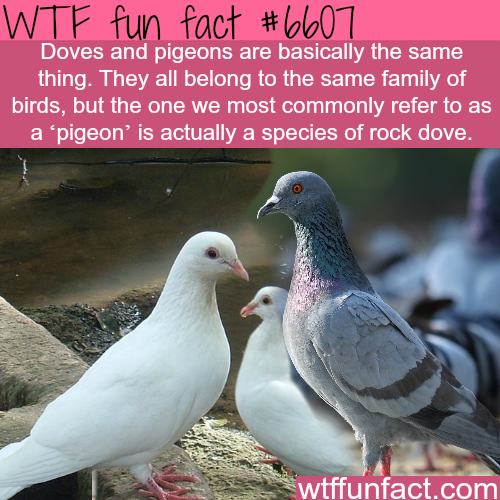 Its quantity should be at least 20 grams per liter of water.
Its quantity should be at least 20 grams per liter of water.
Number of feedings
The diet depends primarily on the season . An adult bird eats from 20 to 50 grams of food per day, depending on the breed.
- In summer, feeding is done three times a day. If the dovecote is open, and the birds fly freely through the meadows during the day and get their own food on their own, then at home it is enough just to feed them slightly.
- In winter, the picture changes somewhat. Meals become two times a day. As a rule, the first feeding occurs at 9o'clock in the morning and the second at 8 o'clock in the evening. A vitamin-mineral mixture is necessarily added to the evening portion, and its composition must be strengthened compared to the summer one. After all, in winter the possibility of obtaining fresh grass is excluded, so you need to compensate for this shortage.
What to feed pigeon chicks
At home, as in the wild, the first days of life of newborn pigeons pass with the constant care of their parents. Adult birds feed their babies special goiter milk . This substance is somewhat similar to human colostrum. It contains all the necessary nutrients, vitamins and minerals. The pigeon needs just such food, since the chick must grow rapidly and gain weight.
Adult birds feed their babies special goiter milk . This substance is somewhat similar to human colostrum. It contains all the necessary nutrients, vitamins and minerals. The pigeon needs just such food, since the chick must grow rapidly and gain weight.
At the age of 3-4 weeks, the chicks can be slowly switched to adult food. If the dovecote is open, then the parents themselves will gradually teach the chick to fly with them to the meadows and get food there. Otherwise, changing the nutrition system is entirely in the hands of the breeder. To begin with, the chick is offered soaked wheat grains, to which you can add a little fish oil or trivitamin. As the pigeon matures, legumes are added to the wheat. When he has fully mastered this food, you can introduce all the other nutrients of an adult bird.
Sometimes there are situations when a newborn pigeon is left without parents immediately after its birth. In such cases, he, of course, is deprived of goiter milk, so he needs special compensatory nutrition.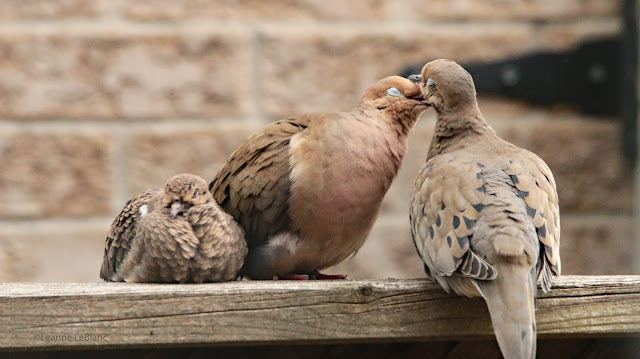 In the first week of life, these babies are fed with a mixture of egg yolk and milk. The feeding process takes place with the help of a syringe and a thin rubber tube, which is inserted into the chick's esophagus. After a week, the pigeon can be given liquid milk porridge from lentils or peas.
In the first week of life, these babies are fed with a mixture of egg yolk and milk. The feeding process takes place with the help of a syringe and a thin rubber tube, which is inserted into the chick's esophagus. After a week, the pigeon can be given liquid milk porridge from lentils or peas.
The chick's diet must contain a lot of protein, which is necessary for the growth and development of the organism. Therefore, it is necessary to monitor the nutritional value of the feed. You can give your chick raw egg white mixed with corn or pea flour. In such food, you need to add a few grains of sand, this will improve the functioning of the digestive system. There is also a special pressed food with a high protein content, it can also be given to the chick as a supplement to the main diet.
How to feed pigeons in winter
Feeding pigeons in winter requires more attention. There are several ground rules for feeding birds at this time of the year.
- Protein reduction.
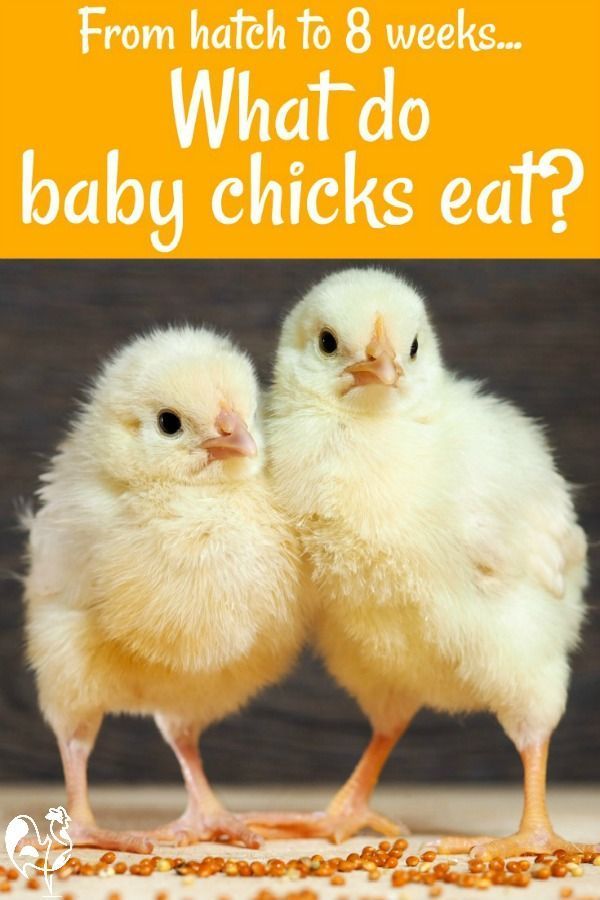 Due to this, sexual activity in birds decreases. If you do not reduce the proportion of protein in the total diet, this will lead to untimely appearance of chicks. And in winter it is very difficult to raise healthy pigeons. To reduce the amount of protein, you can simply remove all legumes from the diet, and instead introduce an additional portion of barley or oats.
Due to this, sexual activity in birds decreases. If you do not reduce the proportion of protein in the total diet, this will lead to untimely appearance of chicks. And in winter it is very difficult to raise healthy pigeons. To reduce the amount of protein, you can simply remove all legumes from the diet, and instead introduce an additional portion of barley or oats. - Mineral and vitamin supplementation for pigeons. In winter, it is difficult to find fresh grass, so birds may become deficient in nutrients. You can solve this problem with the help of dried herbs harvested for future use.
- Cold air adversely affects the feather cover, making it less soft and fluffy. To avoid this, you need to add flax and rapeseed seeds to the diet. Such an additive will keep the state of the feathers unchanged.
What not to feed pigeons
Since the birds themselves are not particularly picky eaters, care should be taken in the food available to them. There are several groups of products, the use of which will lead to illness or death of a pigeon:
- any bakery products, they are almost not digested and lead to the development of diseases of the gastrointestinal tract;
- meat and fish are completely indigestible, their use usually ends in the death of birds;
- milk and all dairy products cause dysbacteriosis in adult birds;
- Sunflower seeds, beloved by many, can sometimes be given, but in strictly limited quantities.

Attention, only TODAY!
Like this article? Share with friends:
Feeding pigeons is dangerous for health
April 16, 2013
A meeting of the regional Extraordinary Anti-Epidemiological Commission was held in the administration of the Vyborgsky district under the chairmanship of the deputy head of the administration, Ye.N. The meeting was attended by heads of health care institutions of the district, educational institutions, epidemiologists, specialists from Rospotrebnadzor and representatives of the district administration.
Among the issues discussed at the meeting were the spread of ornithosis and deratization.
Ornithosis is an acute infectious disease that is transmitted from birds to humans. The most common ways of infection with ornithosis are contact with sick domestic, ornamental birds and urban pigeons. At risk are sellers in pet stores and people who regularly feed pigeons.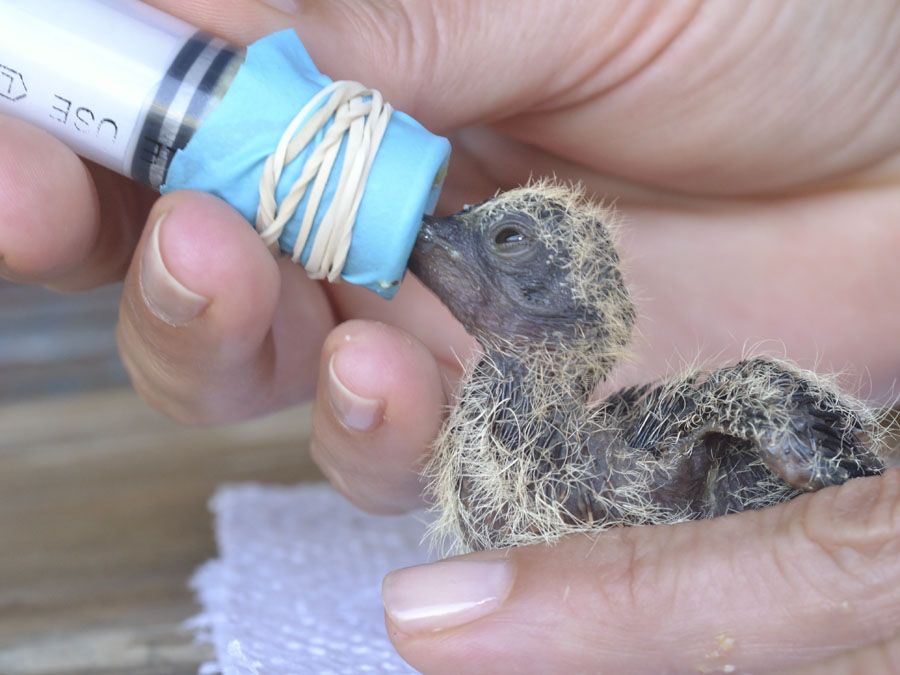 Ornithosis spreads by airborne dust - through the inhalation of dust containing chlamydia.
Ornithosis spreads by airborne dust - through the inhalation of dust containing chlamydia.
In 2012, 10 cases of ornithosis were recorded in the Vyborgsky district. Seven cases in pet store workers who had contact with diseased ornamental birds. Three cases of infection from urban pigeons.
Gathering in large flocks when feeding, pigeons not only infect each other, but also become a serious threat to the people around them.
Veterinarians also warn that when buying ornamental birds in pet stores (for example, budgerigars), it is necessary to request veterinary accompanying documents for the bird. If there are no such documents, you cannot buy a bird.
All residents are strongly advised to refrain from feeding pigeons, especially in crowded places - in parks, near playgrounds, in yards. It is also extremely dangerous to feed pigeons from a window or balcony - air with dust and chlamydia will enter the apartment and may pose a threat to its residents.
Also in 2013, a one-time deratization of all institutions, residential buildings and buildings will be carried out in St. Petersburg. For more effective control of rodents, the treatment will be carried out in two stages: in the spring - from April 22 to May 21, in the autumn - from October 1 to October 31.
Ornithosis is a particularly dangerous acute infectious disease of birds and humans, characterized by fever, general weakness, symptoms of diseases of the lungs, central nervous system. The causative agent of the disease is an intracellular microbe - chlamydia (lat. Chlamydia psittaci)
You can recognize sick birds by their behavior: they become less active, seem drowsy, their body trembles, it is difficult for the bird to breathe, it stretches its neck, opens its beak wide. Many birds have psittacosis asymptomatic , but the pathogen continues to be released into the environment when sneezing and coughing, as well as with feces.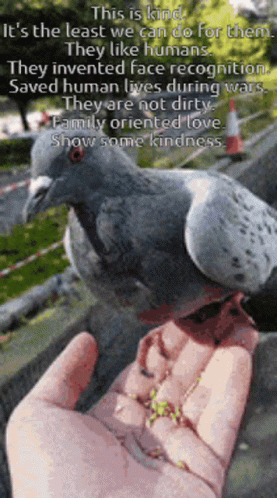 Sometimes this infection is even called "parrot disease". People who get infected from parrots get very sick.
Sometimes this infection is even called "parrot disease". People who get infected from parrots get very sick.
The time from the moment of infection to the appearance of clinical signs in humans is on average 8-12 days. The first signs of the disease in humans are chills, headache and muscle pain, fever up to 38-40 degrees. There is a dry cough. From 5-7 days, chest pains, shortness of breath, cough with sputum, signs of pneumonia appear. Possible insomnia, dizziness.
It should be remembered that ornithosis is a particularly dangerous disease, which means that it is easily and quickly transmitted, only a small amount of the pathogen is required to cause the disease. Unfortunately, a person can die from ornithosis, fatal cases sometimes occur.
Prevention of psittacosis is the only way to prevent infections, since there is simply no vaccine against this disease and comes down to early detection of infection in poultry. Therefore, if you notice unusual behavior of your bird: depression, decreased activity, disheveledness, etc.